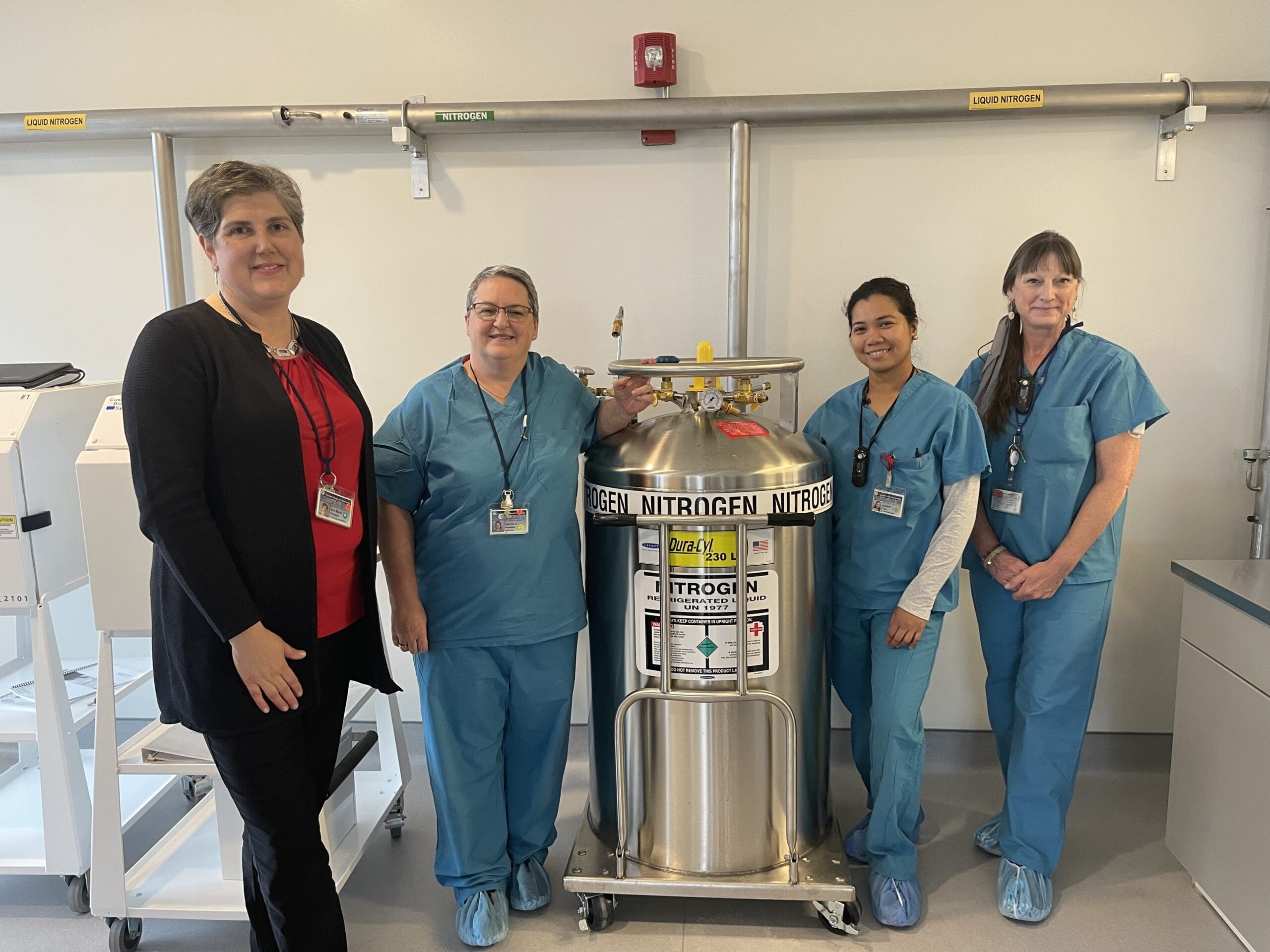Fighting the Epidemic
By Ashley Dailey
Anyone following the news knows the country is facing an opiate epidemic. However, the current opiate epidemic is not the first of its kind.
Following the American Civil War, opiates were used in the form of morphine to treat injured soldiers, and considered nonaddictive. Bayer, the pharmaceutical company best known for its aspirin, created a new derivative of morphine, and introduced Heroin as a name-brand drug in 1898 (1). Heroin was available as an over-the-counter medication as a “cure” for diarrhea, cough and pain, and was even considered safe for infants. Heroin was a Bayer trademark until after World War I, when the treasury department’s narcotics division banned the sale of many previously-legal narcotics. So, how did we get here again?
In 1996, Purdue Pharma introduced a new pain medication under the brand name OxyContin, claiming it did not have addictive properties of other narcotics like heroin, morphine and codeine. (2) Purdue Pharma implemented an aggressive marketing campaign to promote its new drug. It funded more than 20,000 educational symposiums targeting physicians and emergency department personnel. By 2001, it was the top-selling pain reliever in the country, reaching $3 billion in sales, with more than 14 million prescriptions written (3).
OxyContin was often prescribed for pain resulting from an injury or operation. Once the ailment considered to be the cause of pain was healed, many prescriptions were abruptly stopped, and in some cases, the patients experienced symptoms of withdrawal, leading them to seek illegal sources of the drug. When the cost became too great or those illegal sources dried up, some turned to heroin, as it was readily available and inexpensive. Now overdose deaths from heroin and its more powerful partner, Fentanyl, are the leading cause of death among people 50 and younger.
New York state has been leading the way toward minimizing opiate abuse. The state’s first action was to implement the Internet System for Tracking Over-Prescribing, or I-STOP, prescription monitory program in 2013. I-STOP allows doctors and pharmacists to view all controlled substances prescribed to a patient, dissuading “doctor shopping.” The I-STOP program allows for real-time reporting for scripts written for controlled substances. This not only minimizes the opportunity for doctor shopping, but also reduces illegal circulation of controlled substances (4).
The state has also made efforts to aid individuals in sustaining longterm recovery. Initial opioid prescriptions have been reduced from the traditional 30-day supply to a 7-day supply, with an emphasis on both physician and patient education. Public awareness campaigns, including “Fentanyl Kills” and “Combat Heroin,” have also blanketed the state, in order to prevent substance use and aid individuals in easily locating treatment.
Gov. Cuomo’s administration has also taken on insurance companies. He mandated an end to prior authorization for inpatient treatment. He also mandated insurance companies to allot 14 days of uninterrupted treatment before involving their utilization review process to determine further care. This went into effect Jan. 1, 2017. Furthermore, prior authorization for medication-assisted treatments such as buprenorphine (Suboxone) and injectable naltrexone (Vivitrol) have been eliminated, allowing for greater access to treatment. Insurance companies are also now required to use an objective, state-approved method when determining the appropriate level of care for patients struggling with a substance use disorder (5).
Locally, treatment providers have expanded access to treatment by providing walk-in hours for assessments, and increased access to medication-assisted treatments. Until 2016, Crouse Hospital operated the only methadone clinic in the area, serving 17 counties. Conifer Park opened its own methadone clinic April 1, 2016, and Syracuse Behavioral Healthcare followed suit in April 2017, opening a methadone clinic capable of serving 250 more patients. These additional resources have greatly reduced, if not eliminated, the wait list for access to methadone treatment.
During this same two-year period, from 2016 to present, the New York State Office of Alcohol and Substance Abuse Services, in partnership with Onondaga County, deployed peer engagement specialists and family support navigators. Each with the goal of supporting individuals and families affected by addiction, they offer referrals, advocacy and education to improve quality of care, ease of access and reduce stigma. The district attorney’s office and the Onondaga County Health Department have worked closely with providers, peers and family supporters by initiating an opiate task force to continuously address and eliminate barriers.
Overdose deaths have tripled in Onondaga County since 2012, but preliminary data for 2017 suggests a decrease for the first time in three years. This is a direct result of local and state efforts, and the tireless efforts of local advocates impacted by the opiate epidemic. SWM
Ashley Dailey, CARC, CRPA, is a family support navigator for Prevention Network. For more information, visit preventionnetworkcny.org. For more information on the fight against the opiate epidemic, resources, or ways to get involved, contact Prevention Network at (315) 471-1359.
(1) The History of Opiates, http://www.opiatesrx.com/articles/history-of-opiates.php (2) The History of OxyContin, https://www.treatmentsolutions.com/the-history-ofoxycontin/ (3) The Promotion and Marketing of OxyContin: Commercial Triumph, Public Health Tragedy, https://www.ncbi.nlm.nih.gov/pmc/articles/PMC2622774/ (4) New I-STOP Law To Help State Fight Prescription Drug Abuse, https://www. nysenate.gov/newsroom/press-releases/velmanette-montgomery/new-i-stop-lawhelp-state-fight-prescription-drug (5) https://www.governor.ny.gov.





